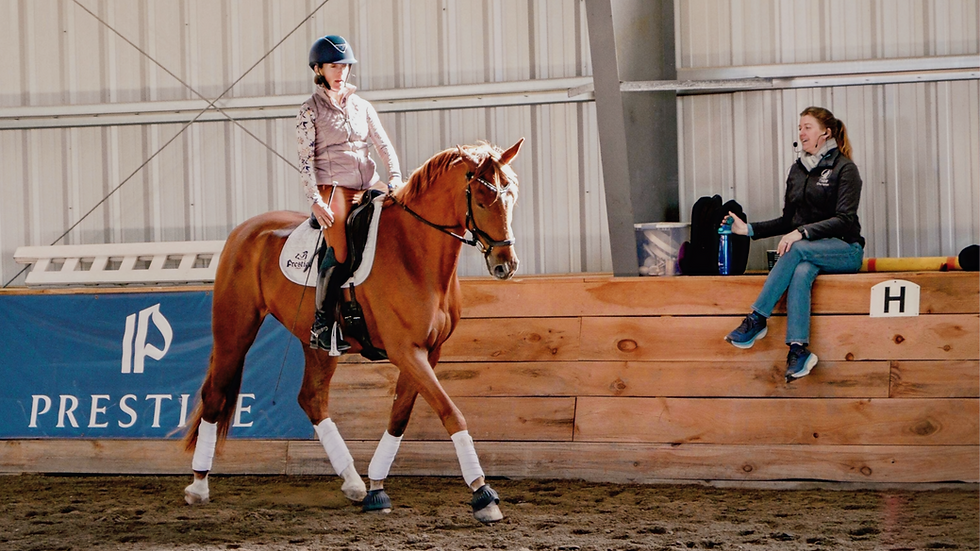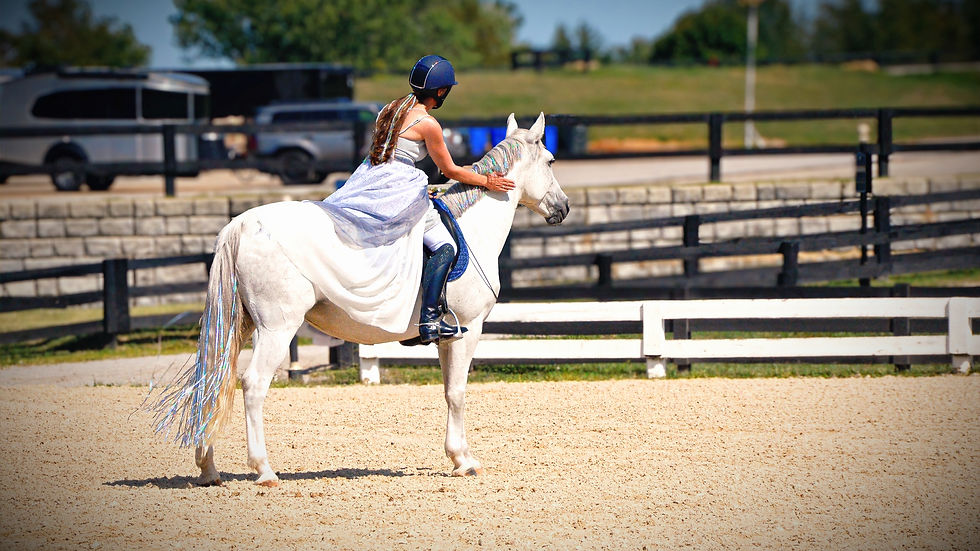How to Establish Effective Verbal Cues with Your Horse
- Caroline Culbertson
- Mar 28, 2023
- 2 min read

You cluck, and nothing happens. You kiss, and your horse flicks his ear at you as if to say, "I know that means something, but I have no idea what."
So many of us are overusing verbal cues (words and sounds) with our horses, day in and day out, leaving our horses with little clue as to what the heck any of them are supposed to mean.
We hear this the most with clucking. If you cluck at your horse in all three gaits when you're asking for different movements, that sound will quickly become meaningless white noise to him. This is because the sound isn't associated in his brain with a specific ask. It's just background noise. In my Equestrian Masterclass course, A Two-Week Introduction to Groundwork, I walk you through what you need to know to get started with groundwork (or if you need a refresher or clarification). Consistency of cues is one of the many things I touch on, and we get into how the horse's brain associates different cues with different asks. Each verbal cue needs to be associated with ONE thing that you've decided on ahead of time. For me, I use one cluck for walk, two clucks for trot, and a kiss for canter. I teach the horse that those cues mean one thing, so I have to be very conscientious about only using those sounds when I specifically mean that movement.
Remember that it doesn't matter what the word or sound is that you choose to tie to a movement. I chose the ones I mentioned above because they're simple and easy for me to remember, but you can certainly teach your horse to canter when you say the word banana if you'd like! The most important thing is consistency, which means holding yourself accountable first.



Comments